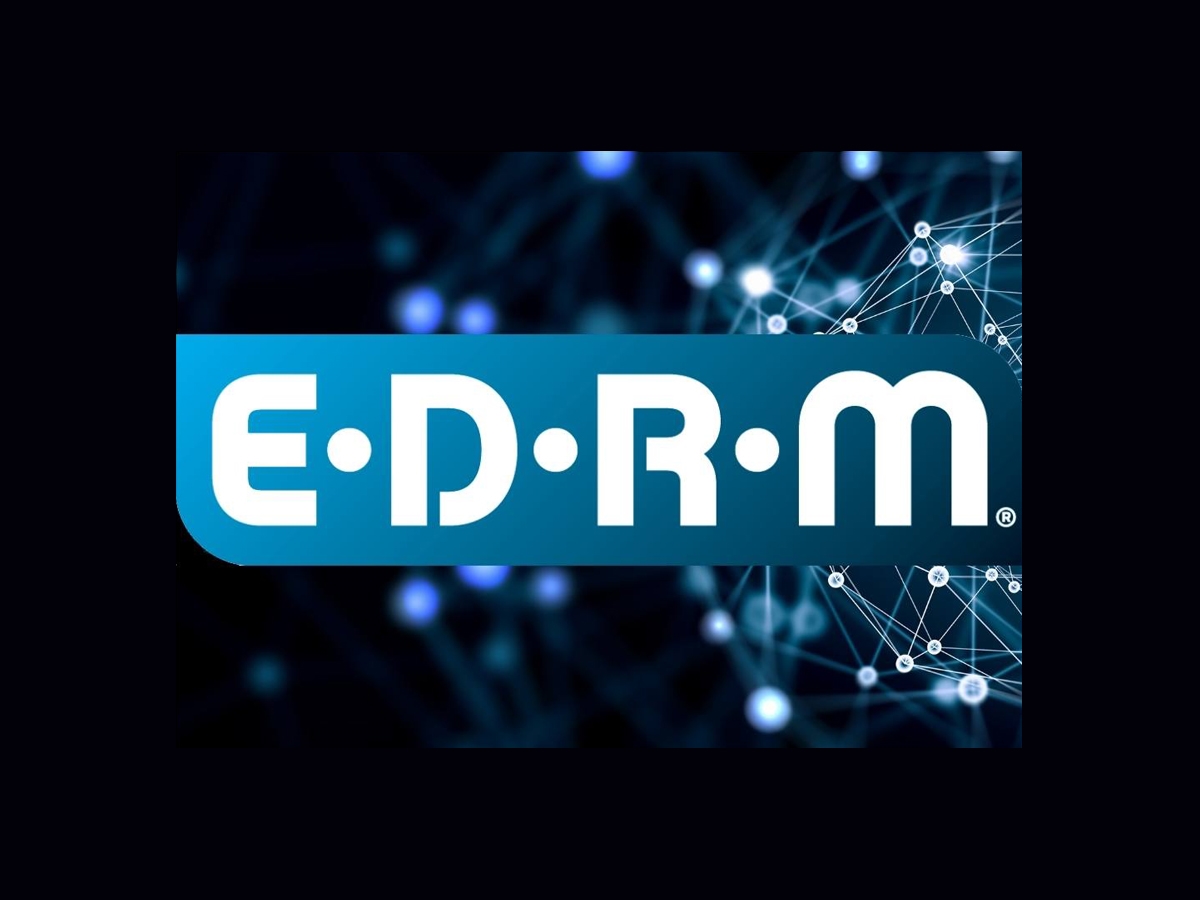[ad_1]

Article and Illustrations Written by GPT-3 as Generated by Human Attorney, Ralph Losey

Ralph Losey 2022 AI
GPT-3 (Generative Pre-trained Transformer 3) is a state-of-the-art natural language processing (NLP) model developed by OpenAI. It is trained on a massive dataset of over 8 billion words. This training allows it to generate human-like text that can be used for various language-based tasks, such as language translation, summarization, question answering (and writing this blog).
|
1. Document review: GPT-3 could be used to review and classify large volumes of ESI, such as emails and documents, in order to identify relevant information and reduce the burden on human reviewers. AI systems can also be used to identify patterns and trends in data that might not be immediately apparent to human reviewers. For example, an AI system might be able to identify connections between different pieces of data, such as a common sender or recipient, or a particular keyword that appears repeatedly in a group of documents. This can help legal teams identify relevant information more quickly and efficiently, and potentially uncover new leads or evidence that might not have been discovered through manual review. 2. Predictive coding: GPT-3 could be used to assist with predictive coding, a process that uses machine learning algorithms to identify relevant ESI based on examples provided by human reviewers. By using AI to identify and prioritize relevant documents, legal teams can focus their efforts on the most important and relevant information, rather than having to review every document in a dataset. 3. Summarization: GPT-3 could be used to generate summaries of large volumes of ESI, making it easier for reviewers to quickly understand the content and identify relevant information. 4. Language translation: GPT-3 could be used to translate ESI from one language to another, allowing reviewers to more easily review and understand documents written in languages they may not be proficient in. 5. Question answering: GPT-3 could be used to assist with answering questions related to ESI, such as clarifying the meaning of certain terms or providing context for certain documents. 6. Legal research: GPT-3 can be used to quickly search through large volumes of legal documents, such as case law or statutes, and provide relevant information to lawyers. 7. Drafting legal documents: GPT-3 can be used to assist lawyers in drafting legal documents, such as contracts or pleadings, by suggesting language and providing relevant information. 8. Redaction. GPT-3 can help identify and redact sensitive or privileged information from documents, improving the efficiency of the review process. 9. Data visualization: GPT-3 tools can help visualize and analyze large volumes of data, making it easier to identify patterns and trends. |

AI Judging Document Classifications (Losey: AI generated image) |

Losey: AI Generated Art Using “Dall E 2” to Illustrate Predictive Coding in e-Discovery
Overall, GPT-3 has the potential to significantly improve efficiency and accuracy in the e-discovery process by automating certain tasks and assisting with the review and analysis of ESI. GPT-3’s ability to process and generate human-like text makes it a useful tool for lawyers because it can assist with tasks such as legal research, document review, summarization, document drafting, and language translation.
[ad_2]
Source link
